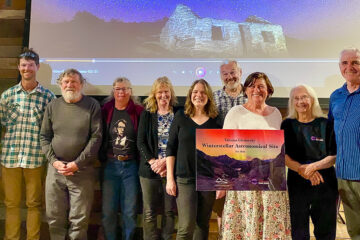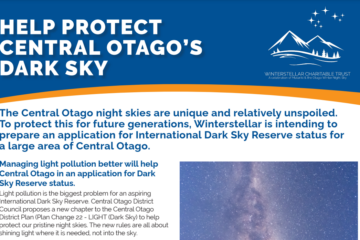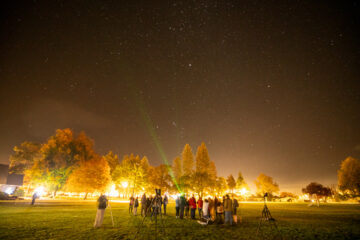by Karolina M. Zielinska-Dabkowska and Kyra Xavia
Abstract of Article
The rapid development of technology coupled with humanity’s desire to reach beyond terra firma, has resulted in more than 60 years of Outer Space activities. Although the exploration of space has provided many advantages and benefits to society so far, including vast, new information that has greatly added to our understanding of our planet and beyond, unfortunately, mankind’s footprint has negative aspects that need to be minimised as much as possible. In recent decades, a major worldwide problem has emerged in regard to the significant increase in light pollution from ground-based illuminations, as well as a lack of proper regulatory frameworks to mitigate the issue in order to protect the night sky and astronomical research. More recently, due to the escalating demand of air space for microsatellites and the rapid development of these new space technologies, as well as unmanned aerial vehicles (UAV), a new problem has arisen connected to visual light pollution (VLP). New Zealand has been especially affected, as, because of its dark skies, it has the third highest number of astronomical observatories in the world. The aim of this research is to identify critical areas for broader investigation; an action plan to improve the impact of new technologies is urgently required, not only at a national level but also worldwide. This is crucial in order to preserve humanity’s right to access the night sky and to also enable continual professional and amateur night-time observations for the present and the future, as well as for New Zealand to become a Dark Sky Nation.


